

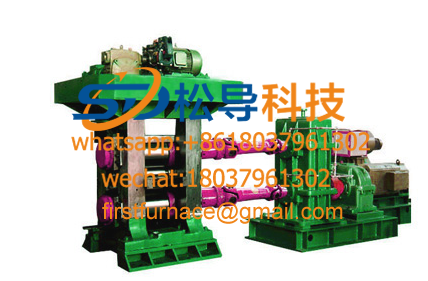
 Rolling mill detailed introduction
Rolling mill detailed introduction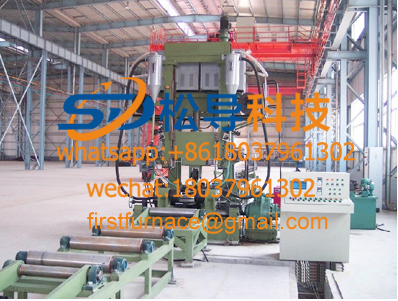 Steel production line detailed introduction
Steel production line detailed introduction Universal mill detailed introduction
Universal mill detailed introduction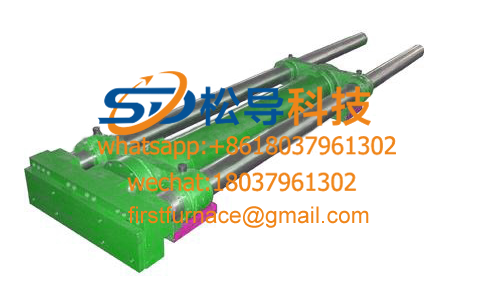 Pusher detailing
Pusher detailing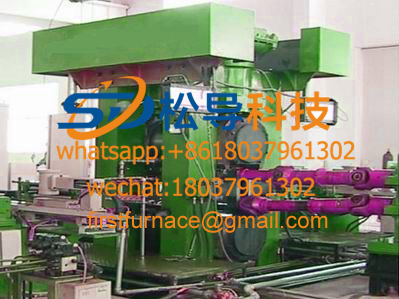 Four-roll mill detailed introduction
Four-roll mill detailed introduction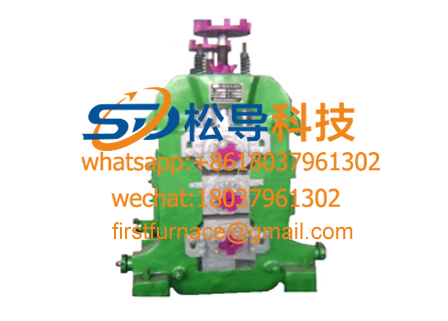 Three-roll mill detailed introduction
Three-roll mill detailed introduction Hot rolling mill detailed introduction
Hot rolling mill detailed introduction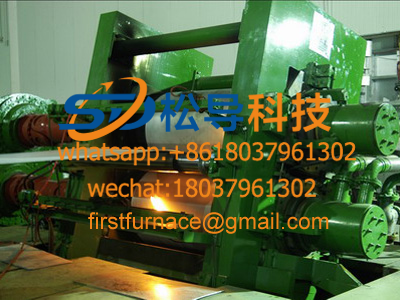 Aluminum casting mill details
Aluminum casting mill details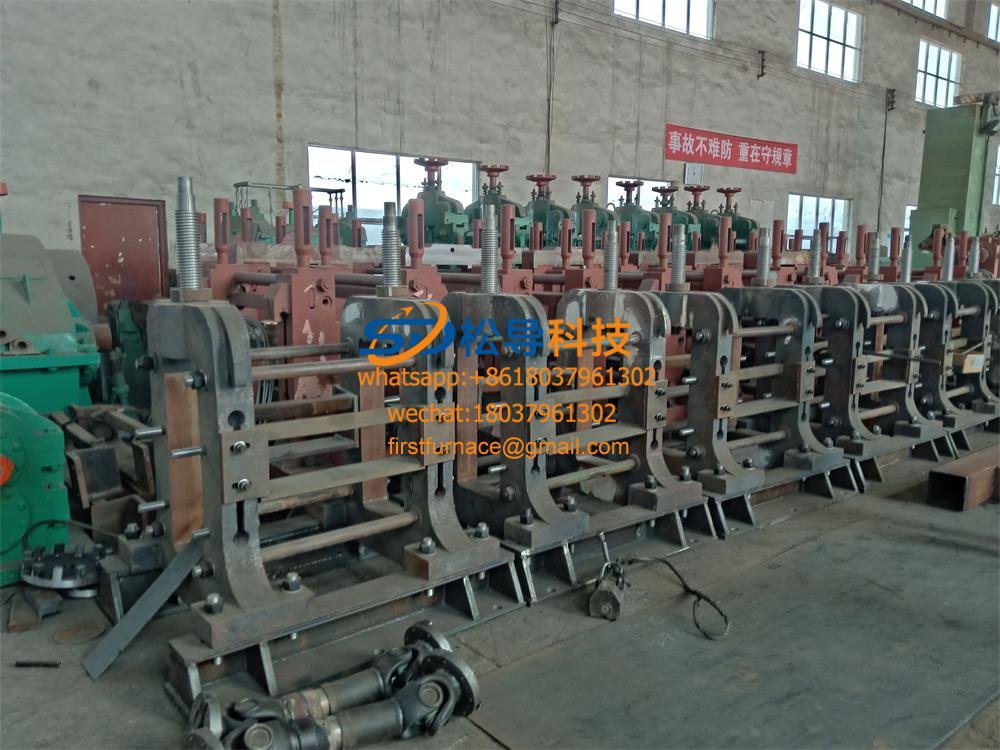 Aluminum magnesium silicon alloy rod continuous casting and r
Aluminum magnesium silicon alloy rod continuous casting and r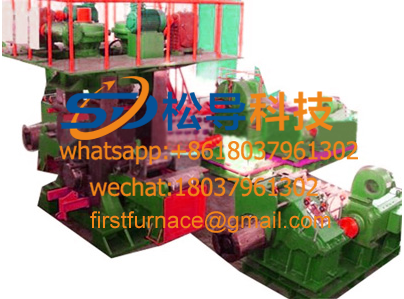 Six-roll cold rolling mill
Six-roll cold rolling mill Continuous rolling mill
Continuous rolling mill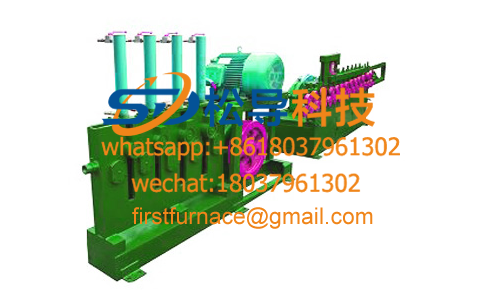 Cold rolled rebar equipment details
Cold rolled rebar equipment details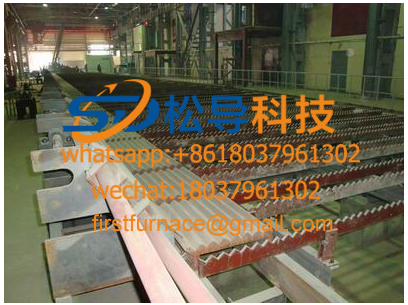 Detailed introduction of cold rolling steel
Detailed introduction of cold rolling steel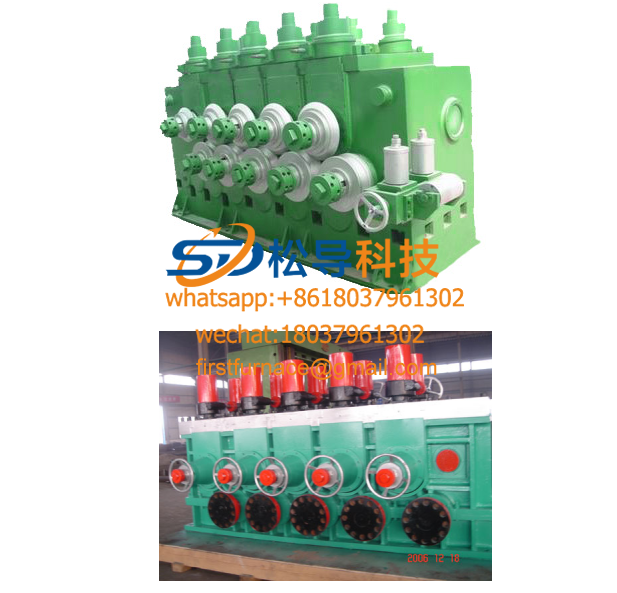 Straightening machine details
Straightening machine details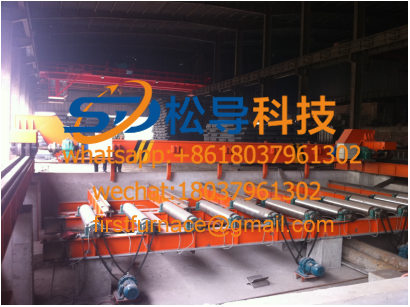 Roller table, lifting table details
Roller table, lifting table details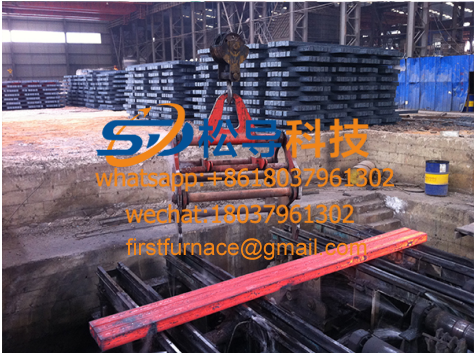 Billet fixture
Billet fixture Two-roll cold rolling mill
Two-roll cold rolling mill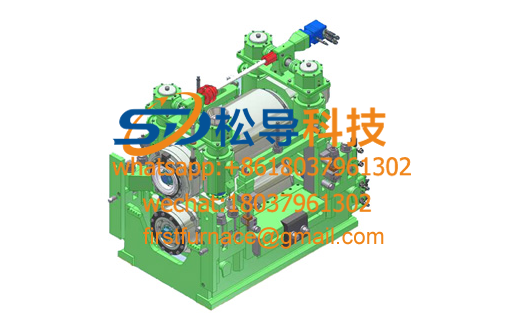 Short stress rolling mill detailed introduction
Short stress rolling mill detailed introduction Fixed-length cutting machine detailed introduction
Fixed-length cutting machine detailed introduction strip production line
strip production lineHenan Rolling Steel Machinery Co., Ltd. is a high-tech enterprise specializing in R&D, manufacturing, sales and service of rolling mill and ball mill technology. It mainly produces rolling mills, cold rolling mills, hot rolling mills, aluminum foil rolling mills, four-roll mills, Rolling mill parts and ball mills and other equipment. We provide free installation, commissioning and training of technicians and other related services. Users are welcome to come to consult and negotiate.

The rolling mill is a device that implements the metal rolling process. It refers to the equipment that completes the whole process of rolling material production, including main equipment, auxiliary equipment, lifting transportation equipment and auxiliary equipment. However, the so-called rolling mills are often referred to only as the main equipment.
Named after rolling type, mill type and nominal size. The principle of “nominal size” is named for the section mill diameter of the gear holder herringbone gear; the initial mill is named after the nominal diameter of the roll; the strip mill is named after the length of the work roll; the steel tube mill is used for production. Name the pipe diameter. Sometimes named after the mill inventor (such as Sendzimir mill).
Select the type and size of the finished or semi-finished mill according to the product variety, specification, quality and output requirements, and equip with the necessary auxiliary, lifting and auxiliary equipment, and then balance according to the requirements of various factors. .
1. Working machine base: It consists of rolls, roll bearings, frame, rail seat, roll adjusting device, upper roll balancing device and roll changing device.
2. Roll: A component that plastically deforms a metal.
3. Roller bearing: Support the roll and keep the roll in a fixed position in the frame. Roller bearing work load is heavy and varies greatly, so the bearing friction coefficient is required to be small, has sufficient strength and rigidity, and it is convenient to replace the roll. Different mills use different types of roll bearings. The rolling bearing has large rigidity and small friction coefficient, but the bearing capacity is small, and the outer shape is large, and it is mostly used for the working rolls of the strip mill. Sliding bearings have both semi-dry friction and liquid friction. Semi-dry friction roller bearings are mainly bakelite, copper tile, nylon tile bearings, which are relatively inexpensive, and are mostly used for profile rolling mills and blanking machines. Liquid friction bearings are available in dynamic pressure, static pressure and static-dynamic pressure. The utility model has the advantages that the friction coefficient is relatively small, the pressure bearing capacity is large, the working speed is high, and the rigidity is good, and the disadvantage is that the oil film thickness changes with speed. Liquid friction bearings are mostly used in strip mill support rolls and other high speed mills.
4. Rolling mill frame: It consists of two “proofing arches” to install roll chocks and roll adjusting devices. It needs sufficient strength and steel to withstand rolling force. The rack form is mainly closed and open. The closed frame is a monolithic frame with high strength and rigidity. It is mainly used for roughing mills and strip mills with large rolling force. The open frame consists of two parts: the frame body and the upper cover, which is convenient for roll change and is mainly used for the horizontal profile rolling mill. In addition, there is no arch mill.
5. The rolling mill rail seat is used to install the rack and is fixed on the foundation, also known as the foot board. It withstands the gravity and tipping moment of the working machine seat while ensuring the accuracy of the mounting dimensions of the working machine base.
6. Roll adjusting device: used to adjust the roll gap so that the rolled piece reaches the required section size. The upper roller adjustment device is also called "depressing device" and has three types: manual, electric and hydraulic. Manual depressing devices are often used on profile rolling mills and small rolling mills. The electric reduction device includes a motor, a reducer, a brake, a pressing screw, a pressing nut, a pressing position indicator, a spherical pad and a pressure measuring device; the transmission efficiency is low, the rotational inertia of the moving part is large, and the reaction Slow speed and low adjustment accuracy. Since the 1970s, the strip rolling mill has adopted the AGC (automatic thickness control) system, and has adopted hydraulic pressing devices on the new strip cold, hot rolling mill and heavy plate mills, which have the advantages of small sheet thickness deviation and high product qualification rate. .
7. Upper roller balancing device: a device for lifting the upper roller and preventing the impact of the rolling piece from entering and exiting the roller. The forms are: spring type, multi-purpose on the profile rolling mill; heavy hammer type, commonly used in the rolling mill with large roll movement; hydraulic type, mostly used on the four-roll strip mill.
In order to increase the operating rate, it is required to change the roll quickly and conveniently. There are four types of roll change methods: C-hook, sleeve, trolley and full-stand roll change. In the first two ways, the roller is replaced by a crane to assist the operation, and the entire frame is replaced by two sets of frames. This method is mostly used for small rolling mills. The trolley change roller is suitable for large rolling mills and is conducive to automation. At present, the automatic automatic roll changing device is adopted on the rolling mill, and it takes only 5 to 8 minutes to change the roll.
8. Transmission: It consists of electric motor, reducer, gear seat and connecting shaft. The gear carrier distributes the drive torque to two or more rolls.
9. Auxiliary equipment includes equipment for a series of auxiliary processes in the rolling process. Such as raw material preparation, heating, steel rolling, shearing, straightening, cooling, flaw detection, heat treatment, pickling and other equipment.
PREV:Steel production line detailed introduction
NEXT:No More Articles.
Copyright© 2007-2013 NO.6 Electric Mall All Rights Reserved
